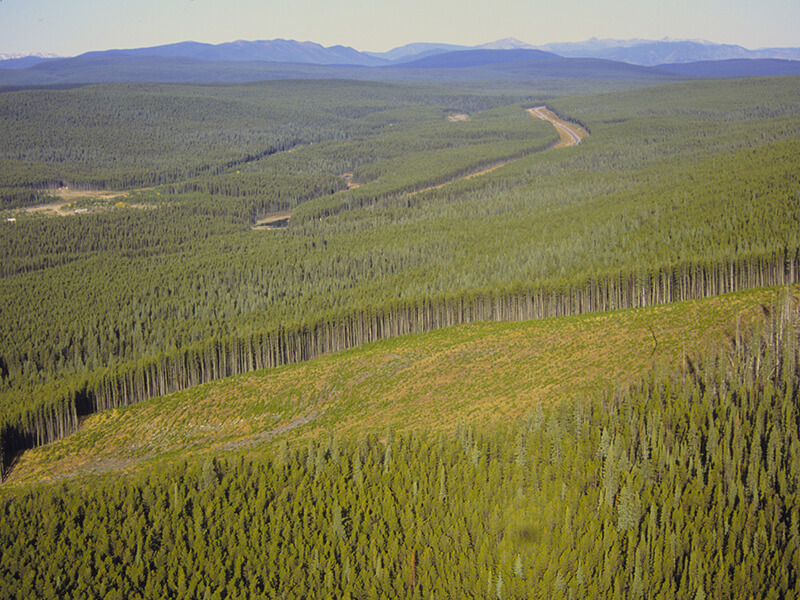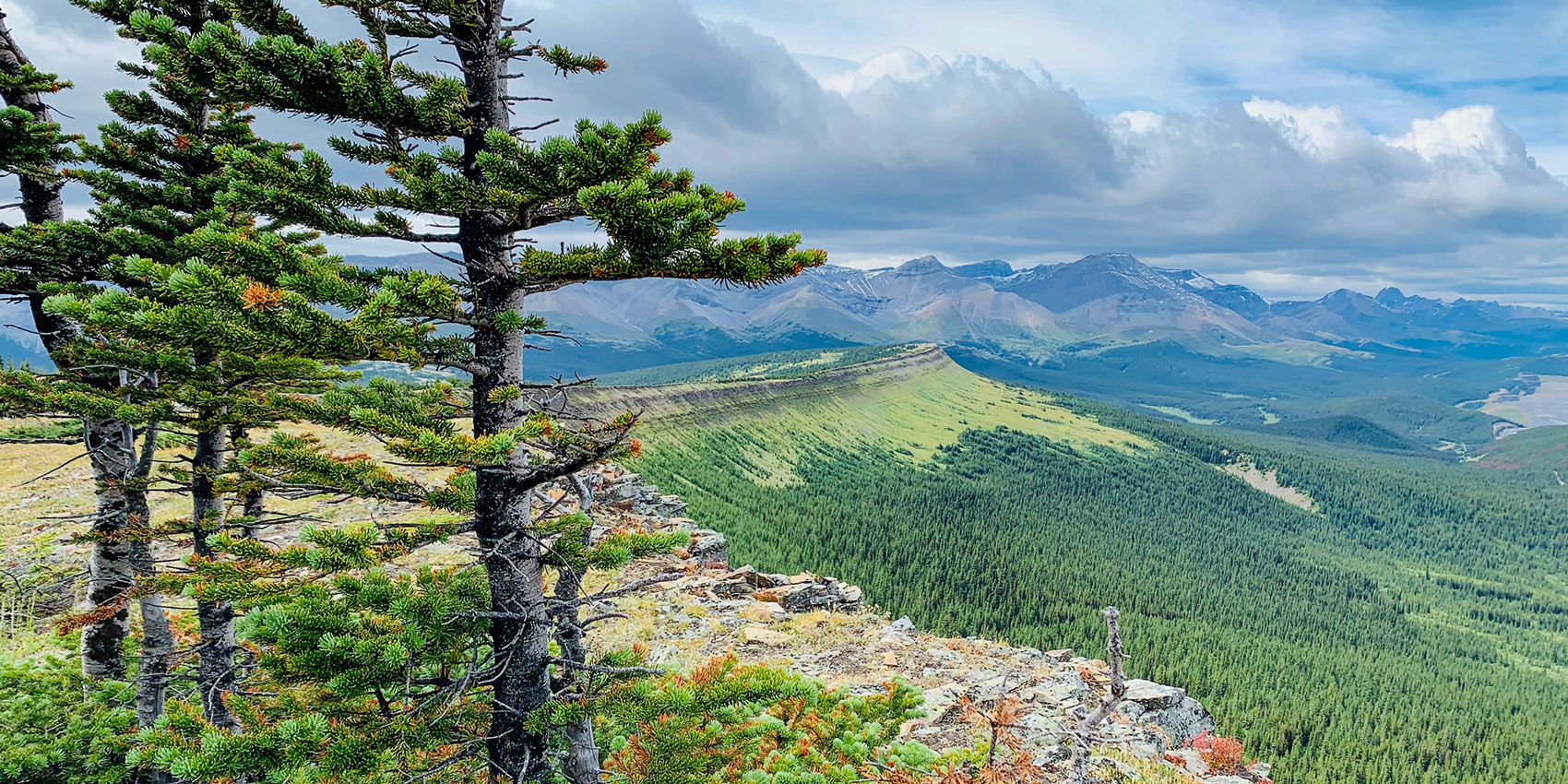
Abstract
Human transformation of the terrestrial biosphere via resource utilization is a critical impetus for monitoring and characterizing anthropogenic change to vegetation condition. The primary objective of this research was to detect anthropogenic forest disturbance for a recent Landsat time series. A novel combination of an autonomous change detection procedure and spectral classification scheme was applied and tested in a landscape that has undergone significant resource development over the last 30 years. Anthropogenic disturbance was detected with greater than 93% accuracy. Most disturbances were correctly classified as within ±1 year. The signal of anthropogenic disturbance was significant in the landscape, accounting for more than 91% of all disturbances and 86% of total disturbed area during the 23-year study period. The study demonstrated a robust approach for examining historical disturbance trends related to human-modification of the environment.
To access the full paper go here, or contact Dave Andison.
Citation
Pickell, P.D., T. Hermosilla, N. C. Coops, J. G. Masek, S. Franks, and C. Huang. 2014. Monitoring anthropogenic disturbance trends in an industrialized boreal forest with Landsat time series. Remote Sensing Letters 5(9):783-792.







